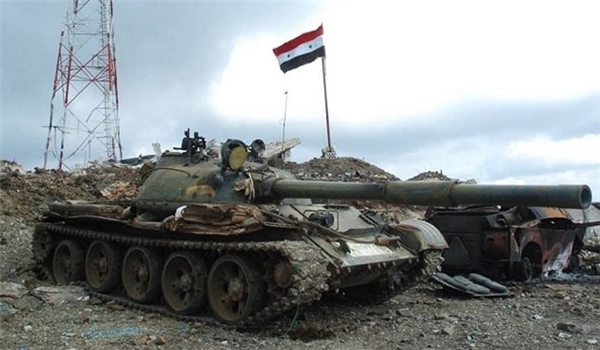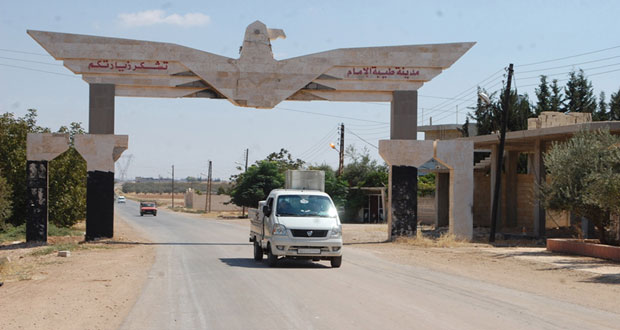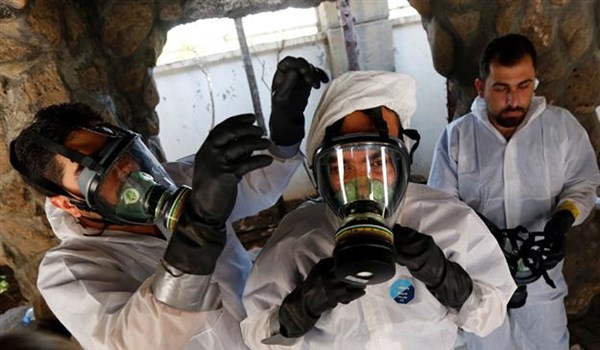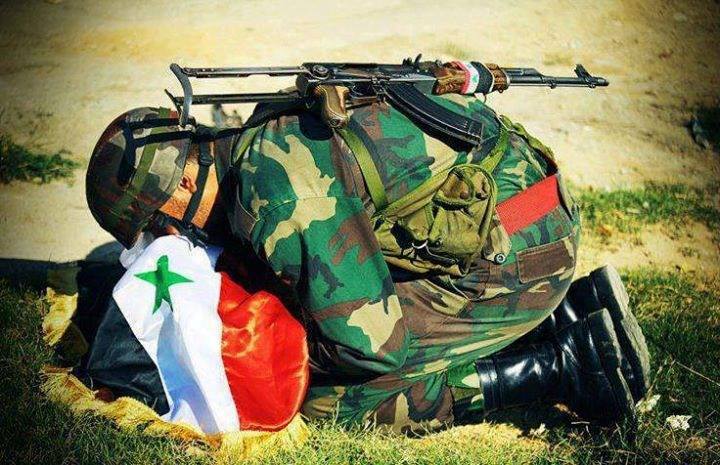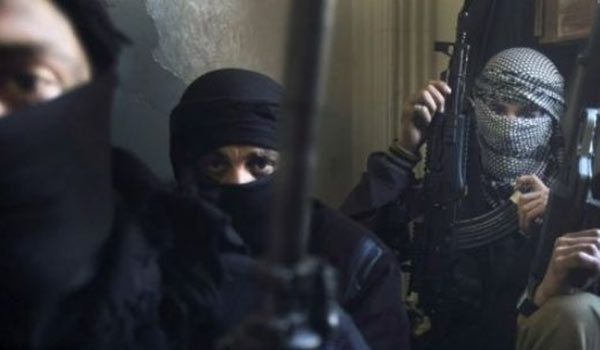IRGC Commander: Syria, Iraq, Palestine, Hezbollah Aided by Iran’s Missile Technology
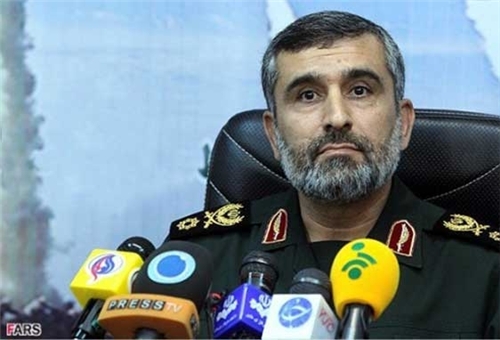
Commander of the Islamic Revolution Guards Corps (IRGC) Aerospace Force Brigadier General Amir Ali Hajizadeh underlined Iran’s high missile capabilities, and said Tehran has provided Syria, Iraq, Palestine and the Lebanese Hezbollah resistance group with the needed know-how to produce missiles.
“The IRGC’s Aerospace Force has developed to a stage in the field of missile industries that it can mass-produce different types of short- and mid-range missiles,” Hajizadeh said in Tehran on Monday.
“The Islamic Republic of Iran has helped Iraq, Syria, Palestine and the Lebanese Hezbollah by exporting the technology that it has for the production of missiles and other equipment, and they can now stand against the Zionist regime, the ISIL and other Takfiri groups and cripple them,” he added.
Hajizadeh also stressed Iran’s self-sufficiency in building radar systems and drones, and added that the country has also exported its drone technology and products to other countries.
Tehran launched an arms development program during the 1980-88 Iraqi imposed war on Iran to compensate for a US weapons embargo. Since 1992, Iran has produced its own tanks, armored personnel carriers, missiles and fighter planes.
Late in 2013, Lieutenant Commander of the Islamic Revolution Guards Corps Brigadier General Hossein Salami said the precision targeting of IRGC’s ballistic missiles has been improved to have a margin of error near zero now.
“Our situation has improved now because our ballistic missiles margin of error (in precision targeting) is near zero now,” General Salami said in a ceremony in Tehran at the time.
Also in 2013, Hajizadeh said that Iranian experts at the IRGC Aerospace research center have increased the precision capability of the ‘Persian Gulf’ supersonic ballistic missile to a maximum margin of error of 8.5 meters.
Hajizadeh said the late commander and head of the IRGC missile research center, Martyr Major General Tehrani Moqaddam, played a major role in the designing and production of the Persian Gulf Missile.
“When in its second test the Persian Gulf missile hit a moving vessel with 30m precision, we felt to have made a great success,” Hajizadeh said in June 2013.
“When we explained the achievement to the Supreme Leader, His Excellency voiced pleasure in the increased precision of the missile, but demanded us to increase its precision capability to less than 10-15 meters,” he added.
“Less than 6 months later, our experts improved the precision capability of this missile to less than 8.5m,” Gen. Hajizadeh continued.
“And when the Persian Gulf missile came into operation in the IRGC Navy, the countdown started for the trans-regional countries to end the mission of their warships,” the IRGC Aerospace commander stressed.
The supersonic projectile, which carries a 650-kilogram payload, is smart and immune to interception, and features high-precision systems.
The Persian Gulf supersonic ballistic missile is the most advanced and most important missile of the IRGC Navy.
The distinctive feature of the missile lies in its supersonic speed and trajectory. While other missiles mostly traverse at subsonic speeds and in cruise style, the Persian Gulf moves vertically after launch, traverses at supersonic speeds, finds the target through a smart program, locks on the target and hit it.
The range of the solid-fuel missile is 300km and it can be fired from triple launchers.
The missile could successfully hit a mobile target one-tenth of an aircraft carrier in its early tests.
In early 2011, Iran started the mass-production of the Persian Gulf anti-ship missile which is designed to destroy targets and hostile forces at sea.
In April 2012, Hajizadeh noted the production of the Persian Gulf ballistic missiles, and said, “The research and testing phase of the Persian Gulf missile ended last year, and it is now being mass produced by the Defense Ministry.”
Also in the same month, IRGC Navy Commander Rear Admiral Ali Fadavi underlined Iran’s high defensive capabilities and power, and said the newly developed ‘Khalij-e Fars (Persian Gulf)’ missile would make the enemies change their equations and calculations due to its unusual and unique features.
“The Persian Gulf missile has been developed somehow different from the usual trend and can change the equations on which the enemy most relies,” Fadavi said at the time.
Referring to Iran’s missile power, he said that Iran is now in possession of home-made missiles with the range of over 200km which can be mounted on Iranian high-speed boats.
In July 2012, Iran’s Persian Gulf missiles displayed their 100 percent precision capability after hitting and destroying the specified targets in the last phase of the Payambar-e Azam 7 (The Great Prophet 7) drills.
“The Persian Gulf missile precisely hit and destroyed the target which was several times smaller than the marine targets which can pose a threat,” Commander of the IRGC Aerospace Force said at the end of the last phase of the wargames on July 4, 2012.
